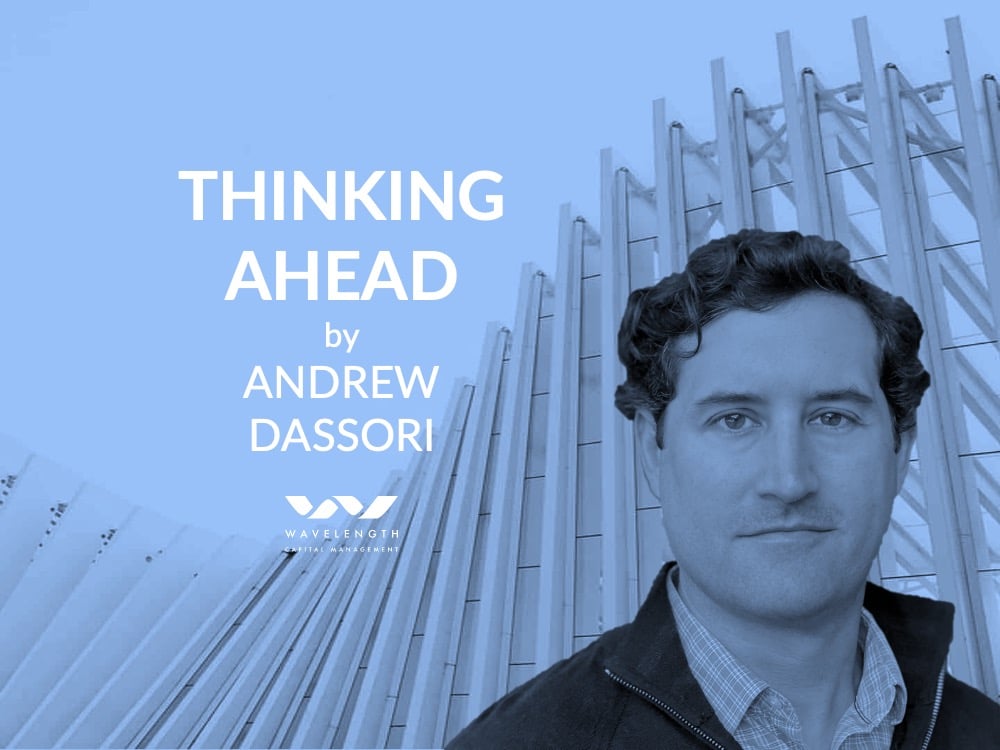Thinking Ahead: Facing the Unpredictable - A New Paradigm for Fixed Income

Predictions are big business on Wall Street. Huge amounts of time and money are spent forecasting everything from Tesla’s stock price to inflation in the economy, and news outlets bounce from one prognosticator to another telling audiences what they think will happen next.
This looks good on TV and leads to revenues for banks by encouraging people to buy and sell securities. But when it comes to managing money, there’s a widening disconnect between the entertainment and investment value in the predictions that experts make.
Figure 1: US 10yr Treasury Yield, Predicted vs. Actual

Source: Bloomberg, WSJ Survey of Economist Predictions
In January of 2019, this dynamic was clear when the Wall Street Journal asked professional economists what they predicted the 10-year US Treasury yield would be after the first half of the year. The chart above shows that nearly all who were surveyed forecast yields would rise when they fell, and none were close to the actual yield of 2% realized just six months after the predictions were made.
These misses add to a growing collection from experts trying to predict things they no longer have an edge in predicting. Their forecasts are coming under increasing pressure as information is democratized and markets grow more efficient with technology.
What does this mean for investors?
Not all datapoints are unpredictable but many outdated strategies rely on those that are, and this creates meaningful risks for investors. Old methods trying to time interest rates or the credit cycle are less viable when everyone has instant access to identical information, and the same goes for predicting changes in the economy where potential outcomes are widening in a late-cycle environment.
In this context, investors must adapt to a new market paradigm where many factors have become less predictable. Adjusting to face this reality through efficient strategies that improve with the availability data helps investors move in the same direction as transparency and technology.
Figure 2: Structuring Portfolios with Equal Exposure to Economic Environments

With the economy in transition, structuring portfolios to avoid making bets on any individual outcome is a logical approach that decreases noise and lets factors that hold predictive power drive returns. Addressing this new set of risks can lead organically to opportunities for modern investment approaches that don’t try to predict the unpredictable.
